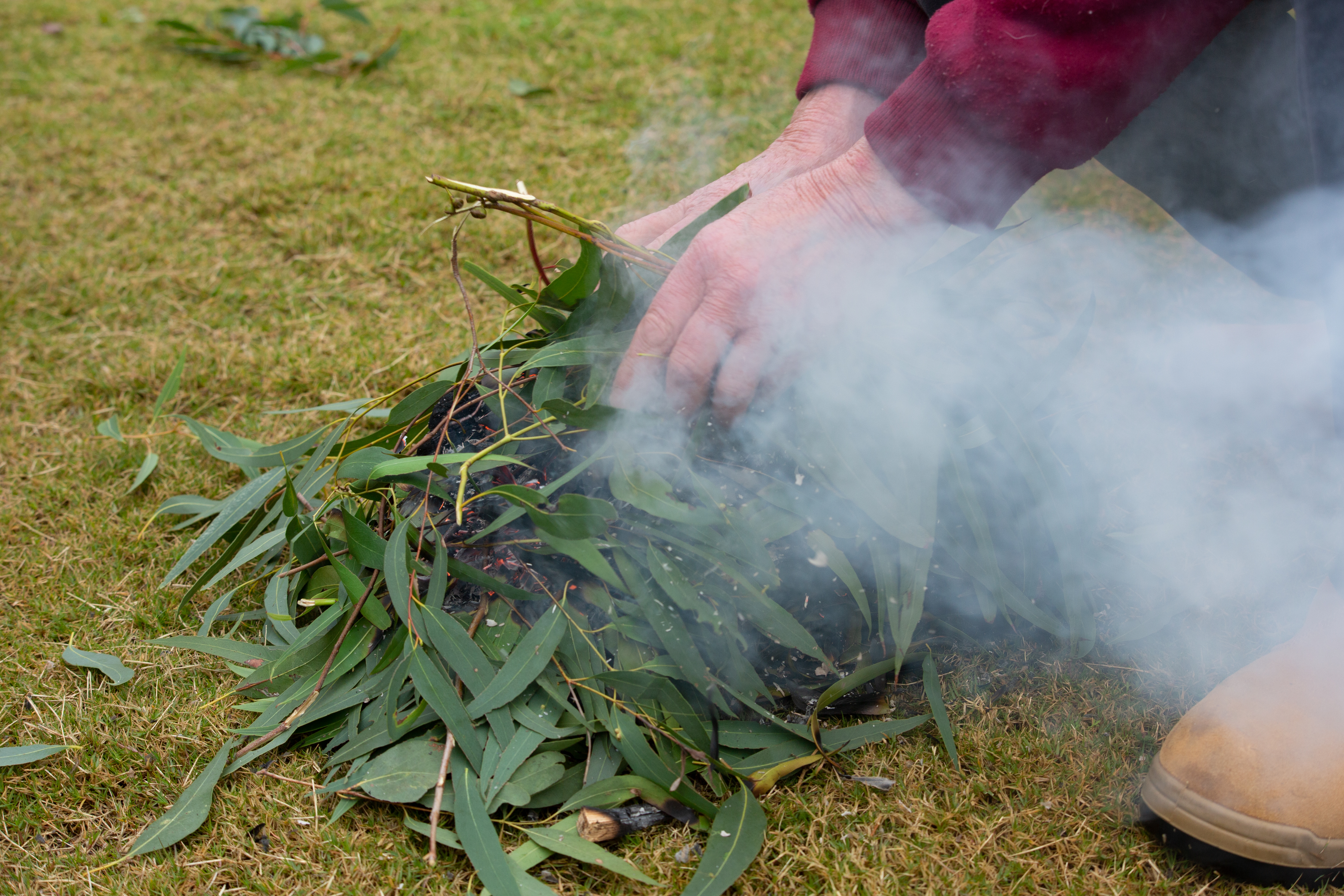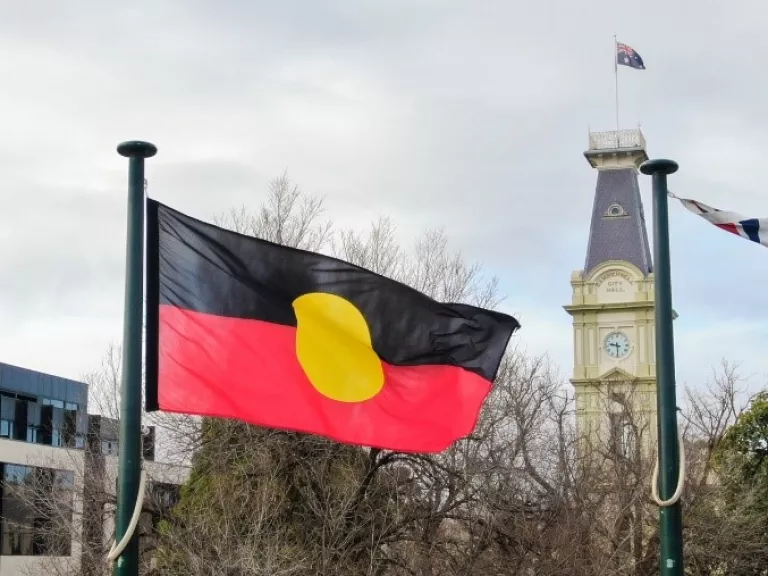On this page
Reconciliation in Boroondara
The Boroondara Reconciliation Strategy formalises our commitment to reconciliation in Boroondara. It provides a 4-year vision and action plan for implementing reconciliation initiatives with the Wurundjeri Woi-wurrung Cultural Heritage Aboriginal Corporation (WWCHAC) and other stakeholders in the Aboriginal and Torres Strait Islander sector and the broader community.
As we continue our reconciliation journey, we are committed to listening and learning from WWCHAC and all local Aboriginal and Torres Strait Islander peoples and other stakeholders to implement this strategy.
Read about our progress on the Reconciliation Strategy.
Boroondara Reconciliation Strategy 2022–2026
Learn about how we developed our Reconciliation Strategy, what we heard from the community, our reconciliation activities so far, and how we will implement and monitor our strategy.

Services and programs for local Aboriginal and Torres Strait Islander communities
Services in the Eastern Metropolitan Region that specifically support the Aboriginal and Torres Strait Islander communities and/or provide strategic policy and service advice and planning.
Cultural places in Boroondara
The area now known as the City of Boroondara is located on the traditional lands of the Wurundjeri Woi-wurrung people. The City of Boroondara’s name comes from the Woi-wurrung language, which means ‘where the ground is thickly shaded’. The Wurundjeri Woi-wurrung community has a strong historical, cultural and spiritual connection to their traditional lands. They continue to practise the responsibilities of their ancestors to protect, preserve and manage the land in line with their culture and traditions.
In Boroondara, there are:
- 10 Aboriginal archaeological sites
- 2 Aboriginal historic places that are registered with the Victorian Aboriginal Heritage Council.
The 10 archaeological sites are scarred trees. All but one of the trees are in parks or reserves along the Yarra River. There is one toe-hold tree in Boroondara, a less common type of cultural scarring, which happened when toe holds were cut into the tree to make them easier to climb and hunt for food, such as possums, or gather eggs and other bush foods. This tree is a relatively unique site type in Boroondara. The locations of the sites are confidential, so they can be properly preserved and protected.
As well as these sites, there are 6 cultural places in Boroondara that are significant to local history, cultural education and reconciliation.
Arrange a Welcome to Country and Acknowledgement of Traditional Owners
A Welcome to Country or an Acknowledgement of Traditional Owners recognises the continuing connection of Aboriginal Traditional Owners to their Country.
An Acknowledgement of Traditional Owners is a way of showing awareness and respect for the Aboriginal Traditional Owners of the land on which a meeting or event is being held. It can be given by anyone and is generally given by the first speaker at an event (or following a Welcome to Country if one is given). Subsequent speakers may also choose to give an Acknowledgement of Traditional Owners, particularly if the event is a significant celebration or time for Aboriginal people.
It's different to a Welcome to Country ceremony, which is performed by Aboriginal Traditional Owners to welcome visitors onto their traditional land. These ceremonies can include singing, traditional dancing, smoke ceremonies or a speech. You can invite Wurundjeri Woi-wurrung Elders to perform a Welcome to Country on any part of the land now known as Boroondara. You should certainly organise a Welcome to Country if the event is significant to Aboriginal people.
To arrange a Welcome to Country and smoking ceremony, fill in the online booking form on the Wurundjeri Woi-wurrung Cultural Heritage Aboriginal Corporation website.
You can find out more about Welcome to Country and Acknowledgements of Traditional Owners on the Victorian Government's First Peoples - State Relations website.
Demographic overview
We recognise the diversity of Aboriginal and Torres Strait Islander peoples and the distinct communities, cultures, histories and experiences present within Boroondara today.
According to the most recent Census in 2021, the City of Boroondara is home to 436 residents who identify as Aboriginal and/or Torres Strait Islander.
This includes:
- 410 people who identify as Aboriginal
- 17 people who identify as Torres Strait Islander
- 13 people who identify as Aboriginal and Torres Strait Islander.
This was an increase of 112 residents who identified as Aboriginal and/or Torres Strait Islander compared to the 2016 Census.
To learn more about local Aboriginal and Torres Strait Islander demographics, visit Aboriginal and Torres Strait Islander peoples statistics.
You can find more data about Aboriginal and Torres Strait Islander peoples in Boroondara on the Australian Bureau of Statistics website.
More information
For more information, please contact Liz O’Loughlin, Social Inclusion Policy and Project Officer on (03) 9278 4693 or [email protected]
